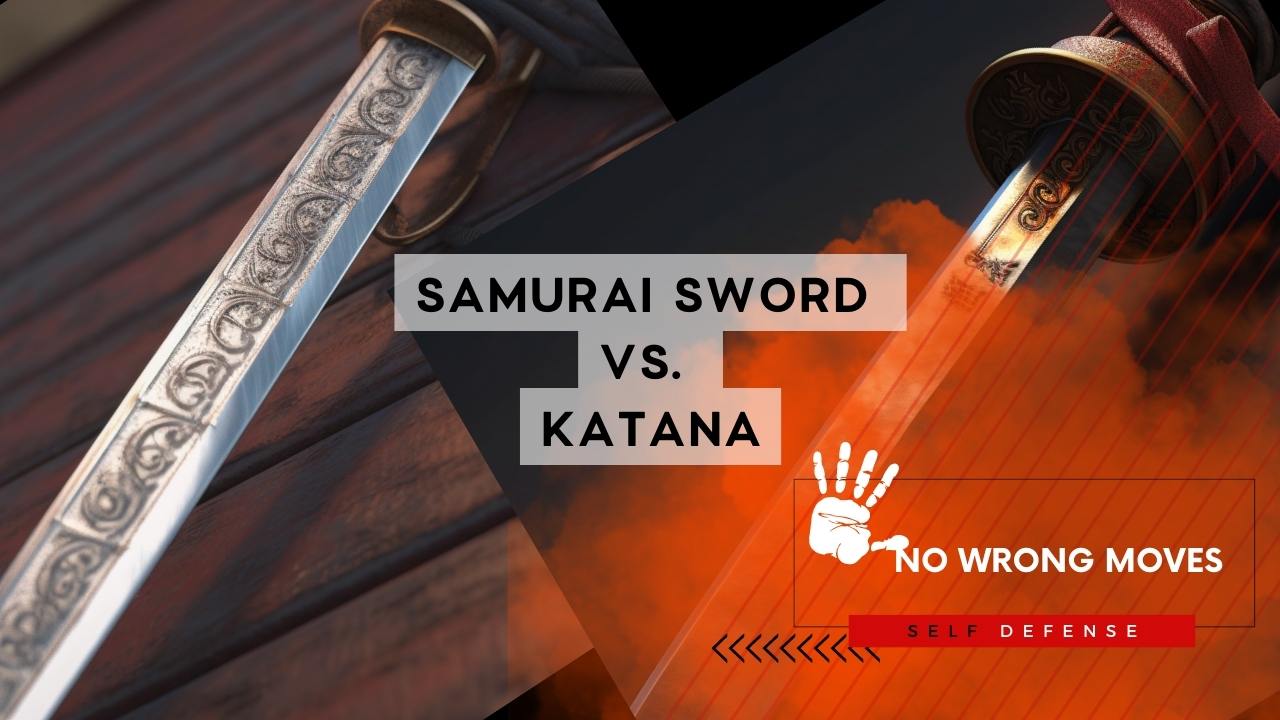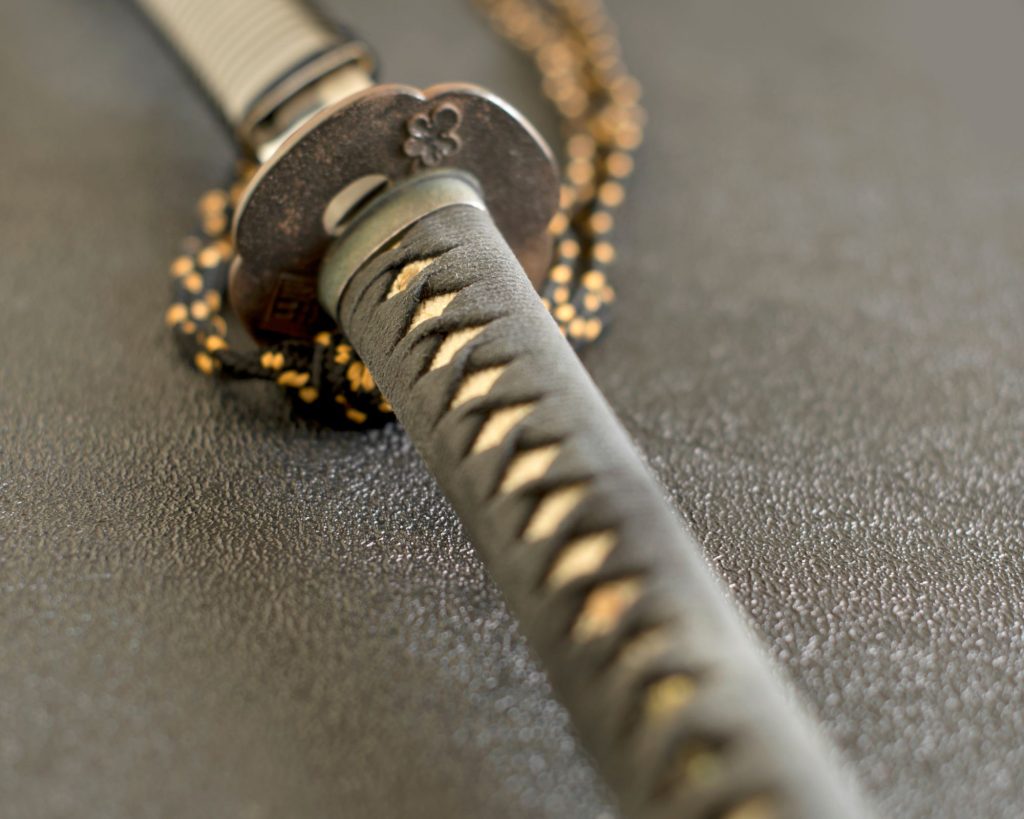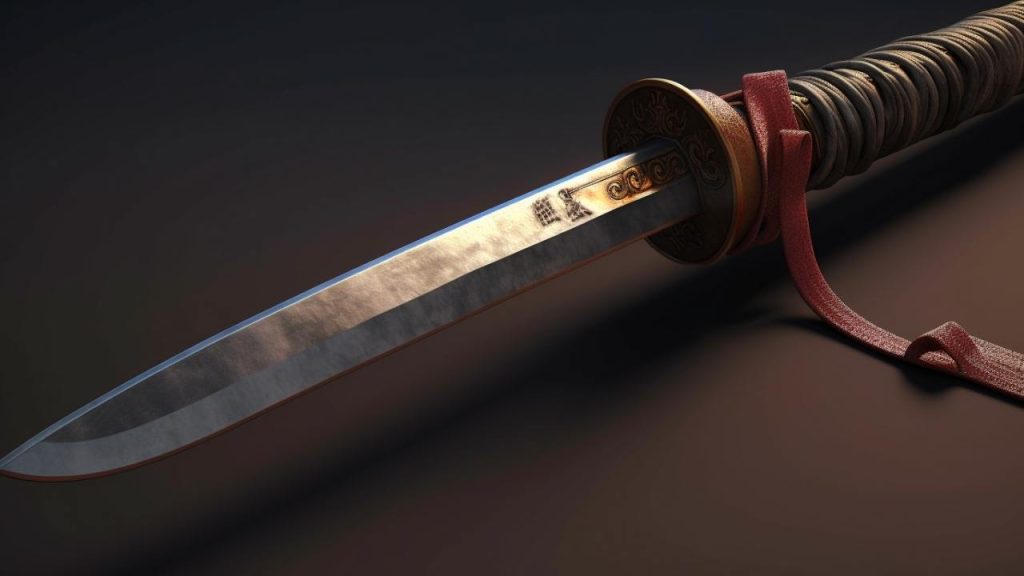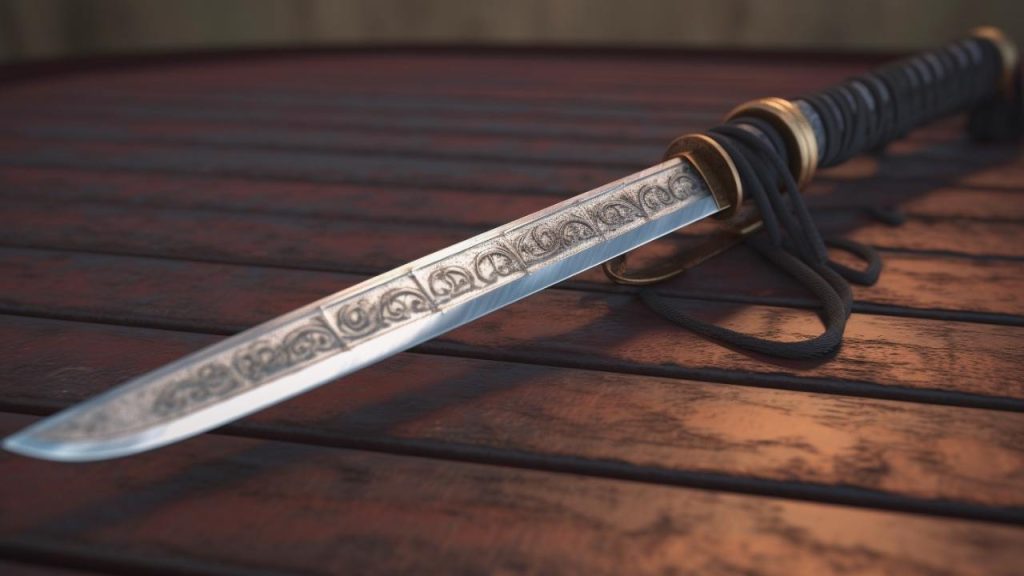
Embarking on an exploration of traditional Japanese swords, it's crucial to recognize the subtle differences between the famous samurai sword and the esteemed katana.
With deep roots in history and a significant role in Japanese culture, these exceptional weapons have fascinated enthusiasts and collectors for generations.
From movies to books, samurai swords and katanas have been showcased as symbols of honor and bravery, transporting us into the past and into other worlds.
Gaining a deeper understanding of the distinctions between these incredible weapons not only helps us respect the skilled artisans who created them, but also equips us to make informed decisions when expanding our collections or pursuing martial arts.
Whether admiring the elegance of a samurai sword in the hands of a valiant warrior or the swift, powerful finesse of a katana in an intense duel, acknowledging the nuances between these weapons allows us to truly appreciate their historical, artistic, and personal significance.
Brief history of samurai sword and katana

Samurai swords have been an integral part of Japanese culture for centuries, with their origins dating back to the Heian period (794-1185).
The katana, on the other hand, emerged during the Kamakura period (1185-1333) as a response to the changing demands of warfare and evolving samurai tactics.
Importance of understanding the difference
Recognizing the differences between samurai swords and katanas is crucial for appreciating their distinct characteristics, historical backgrounds, and cultural significance.
Furthermore, it enables collectors and martial arts practitioners to make informed decisions when acquiring, using, or preserving these weapons.
Samurai Sword

Samurai swords encompass a range of Japanese blades, including the tachi, uchigatana, and wakizashi. These weapons were wielded by the samurai class and were crucial to their status and combat prowess.
Different types of samurai swords
There are several types of samurai swords, including the tachi, which is characterized by its long, curved blade and primarily used by cavalry.
Then there's the uchigatana, with a shorter and less curved blade, better suited for close-quarters combat; and the wakizashi, a companion sword often worn alongside a katana.
Materials used to make samurai sword
Samurai swords are traditionally crafted from tamahagane, a type of high-carbon steel. The steel is repeatedly folded and forged, resulting in a blade with remarkable sharpness, strength, and flexibility.
Characteristics of samurai sword
Samurai swords exhibit an elegant curvature, a razor-sharp edge, and intricate decorations. They often feature a hamon, a wavy pattern along the blade that reveals the differential hardening process, and a meticulously crafted handle wrapped in silk or leather.
Katana

The katana is a type of samurai sword that gained prominence during the feudal era of Japan. With a single-edged, curved blade and a long grip, the katana was designed for swift, powerful cuts and became the primary weapon of the samurai class.
Different types of katana
Katanas vary in terms of blade length, curvature, and thickness, with subcategories like the o-katana (long katana) and the ko-katana (short katana). These variations evolved to suit specific fighting styles and personal preferences.
Materials used to make katana
Like other samurai swords, katanas are forged from tamahagane steel. The forging process involves repeated folding and hammering, imbuing the blade with its characteristic sharpness, resilience, and distinct grain pattern.
Characteristics of katana
The katana is revered for its impeccable balance, cutting power, and artistic beauty. It features a single-edged, curved blade, a long, two-handed grip, and a signature tsuba (guard) often adorned with intricate designs.
Comparison between Samurai Sword and Katana
Length and weight
Katanas typically measure between 60-73 cm (24-29 inches) in blade length and weigh around 1.1-1.3 kg (2.4-2.8 lbs). Samurai swords like the
tachi can have a blade length of 70-80 cm (27-31 inches) and weigh approximately 1.2-1.4 kg (2.6-3 lbs). The uchigatana has a blade length of around 58-65 cm (23-26 inches), while the wakizashi usually measures between 30-60 cm (12-24 inches) in length.
Curvature
The katana typically has a moderate curvature, which aids in smooth, slicing cuts. Tachi blades have a more pronounced curvature, making them ideal for sweeping, downward cuts from horseback. Uchigatana blades are less curved than the tachi, facilitating more versatile use in close-quarters combat. The wakizashi often shares a similar curvature to the katana, albeit with a shorter blade.
Usage and techniques
The katana is primarily employed for cutting and slashing techniques and can be used with one or both hands, depending on the situation.
The tachi is best suited for mounted combat, while the uchigatana is more adaptable to various combat situations, including indoor engagements.
The wakizashi is often used in tandem with the katana or as a backup weapon, serving a variety of defensive and offensive purposes.
Cultural significance
The katana, as a symbol of the samurai class, embodies their code of honor, loyalty, and martial prowess. In contrast, the tachi, uchigatana, and wakizashi, while still essential to the samurai, hold specific roles within the broader samurai sword category.
In conclusion, understanding the nuances between samurai swords and katanas is essential for enthusiasts, collectors, and martial artists.
Each weapon has unique characteristics, historical backgrounds, and cultural significance, which contribute to their enduring appeal and mystique.
[author-box-jpx-fitness]
